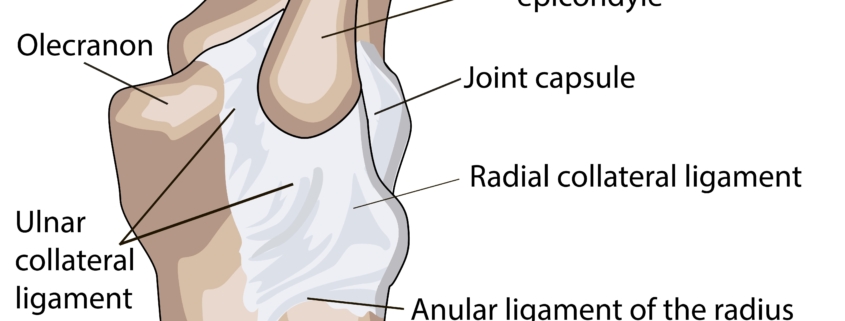
Ulnar Collateral Ligament Injuries
Overview of Ulnar Collateral Ligament Injuries
The Ulnar Collateral Ligament (UCL) injury is a common condition that often affects individuals who engage in repetitive and dramatically forceful arm activities, like athletes. This ligament, located on the inner part of the elbow, can become strained or torn due to excessive stress and tension. When your UCL gets damaged, it may lead to discomfort and affect your arm’s functionality.
Types of Ulnar Collateral Ligament Injuries
UCL injuries come in different forms varying in severity:
-
- Sprains: This is mild damage to the UCL where the ligament gets stretched.
-
- Partial tear: This involves damage to some part of the ligament, which can impede its function.
-
- Complete tear: Also known as a rupture, this is a severe form of injury where the ligament is torn into two pieces, making it entirely non-functional.
What Causes Ulnar Collateral Ligament Injuries?
The main cause of UCL injuries is overuse, especially from repetitive throwing or pitching in sports. Other risk factors include:
-
- Incorrect throwing techniques
-
- Weak arm muscles
-
- Previous elbow injuries
Symptoms of Ulnar Collateral Ligament Injuries
UCL injuries entail a range of symptoms like:
-
- Pain on the inner side of the elbow
-
- Swelling and bruising
-
- Instability and weakness in the arm
-
- Impaired throwing ability
-
- Redness or warmth over the elbow
Diagnosing Ulnar Collateral Ligament Injuries
Medics employ various methods to diagnose UCL injuries:
-
- Physical Exam: A doctor evaluates symptoms and carefully examines the elbow.
-
- X-rays: These can reveal potential injuries to the bones of the elbow.
-
- MRI: This can provide a detailed image of the UCL, revealing sprains or tears.
Treatment Options for Ulnar Collateral Ligament Injuries
The treatment for a UCL injury depends on its severity:
-
- Rest and Ice: Mild injuries often recover with rest and ice application to reduce swelling.
-
- Physical Therapy: Patients may be advised to partake in exercises to strengthen forearm muscles and improve elbow flexibility.
-
- Medication: Non-steroidal anti-inflammatory drugs can help manage pain and reduce swelling.
-
- Surgery: Severe injuries, like complete tears, may need surgical reconstruction commonly called ‘Tommy John’ surgery.
Living with Ulnar Collateral Ligament Injuries
Living with a UCL injury might require certain adjustments:
-
- Lifestyle Changes: Limiting activities that strain the elbow can be very helpful. If you’re an athlete, work on improving your technique with a coach.
-
- Pain Management: Over-the-counter pain relievers can help manage discomfort, but long-term use should be under doctor’s supervision.
-
- Coping Mechanisms: It’s essential to accept the situation, build a support system of loved ones, and engage in stress reduction activities.
When to Seek Help
Seek immediate medical attention if:
-
- Your pain intensifies or doesn’t recede even after rest and home treatment.
-
- You experience severe swelling or bruising.
-
- Your elbow feels unstable or if you’re unable to use your arm effectively.
Being proactive about your health is critical. If you think you or someone near you has a UCL injury, seek professional medical advice immediately.
